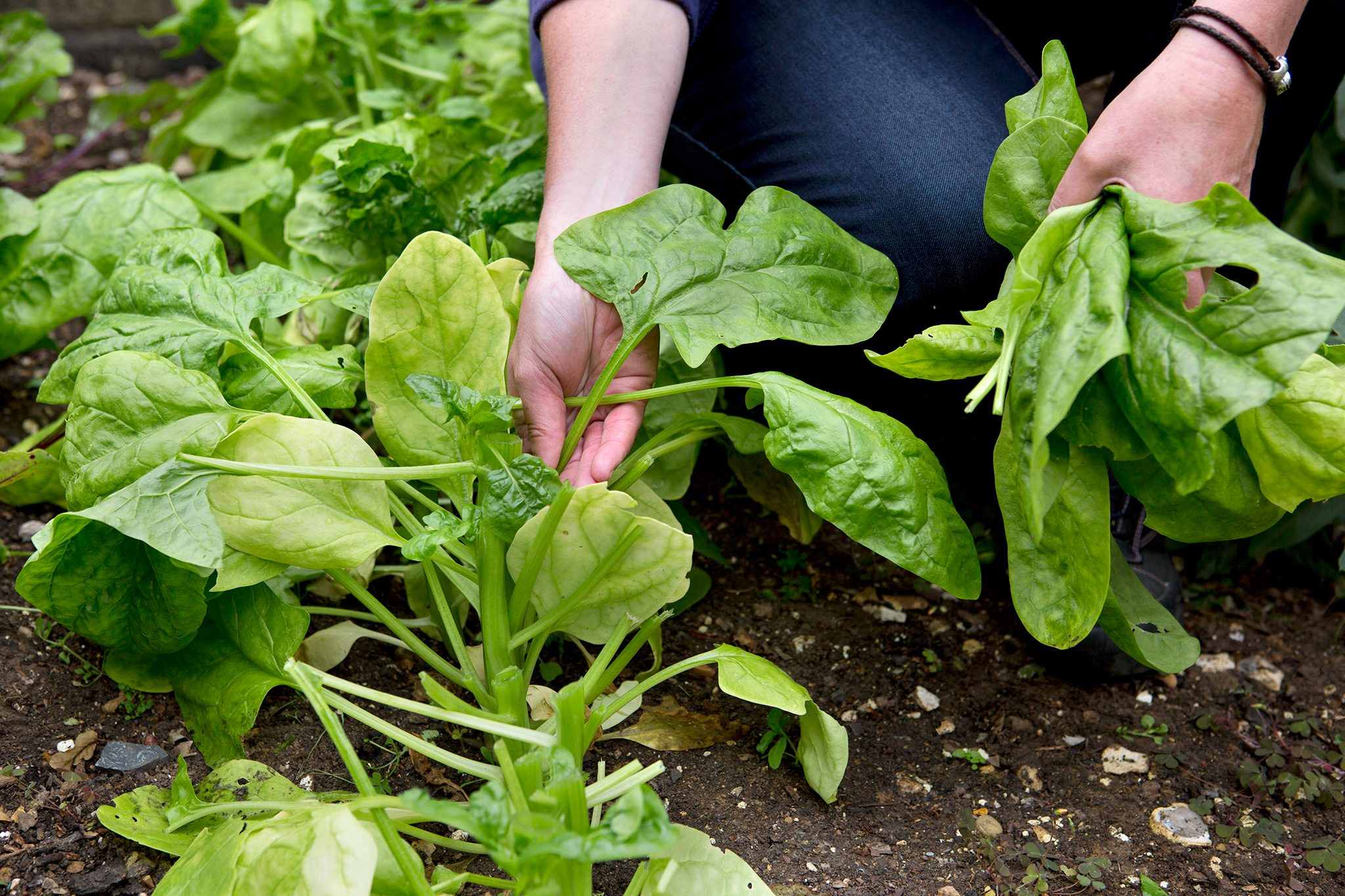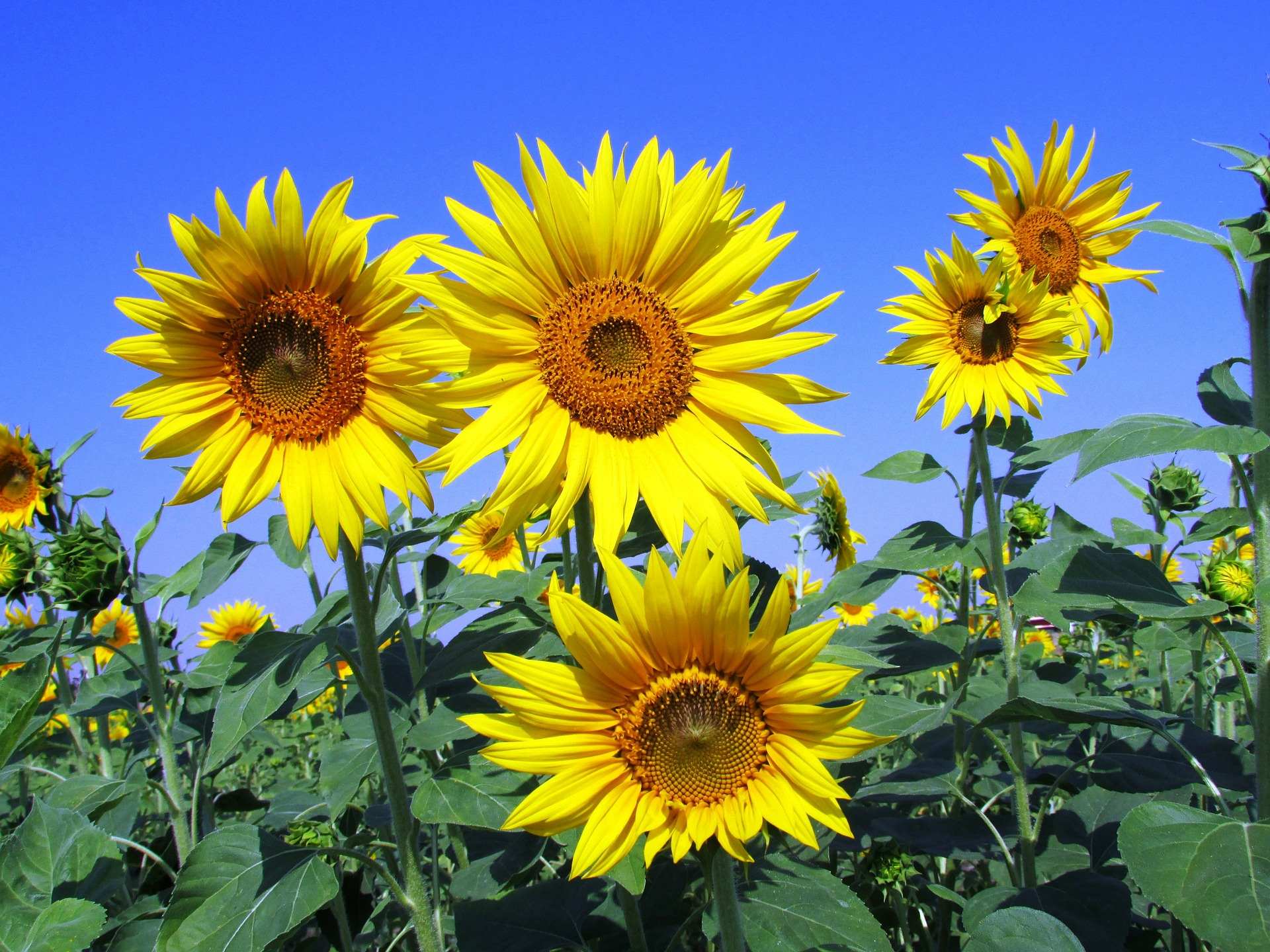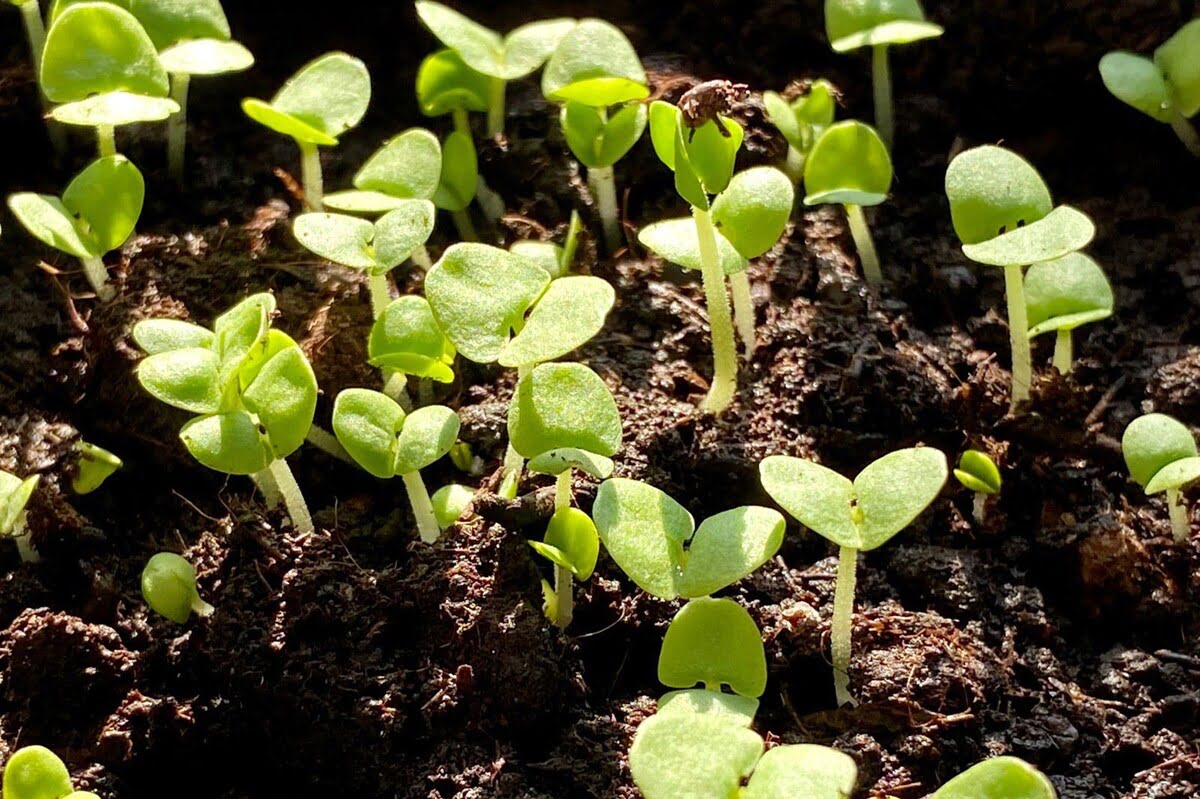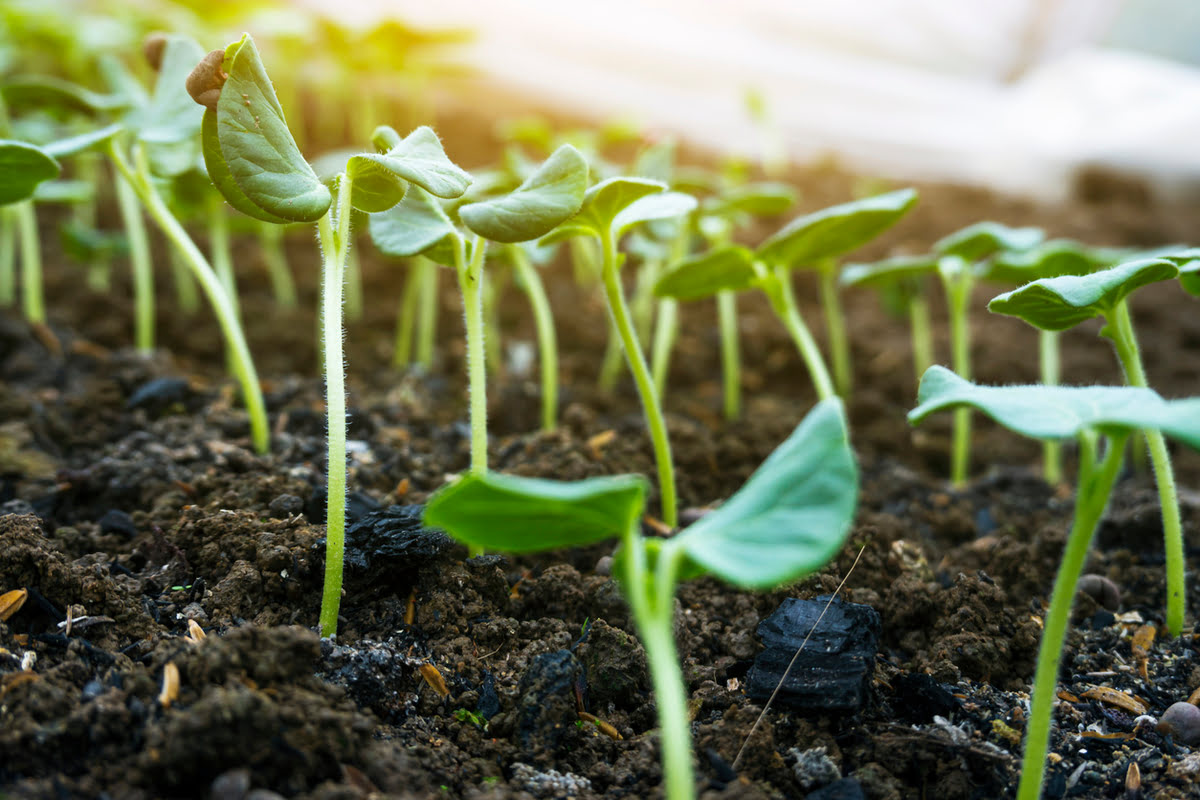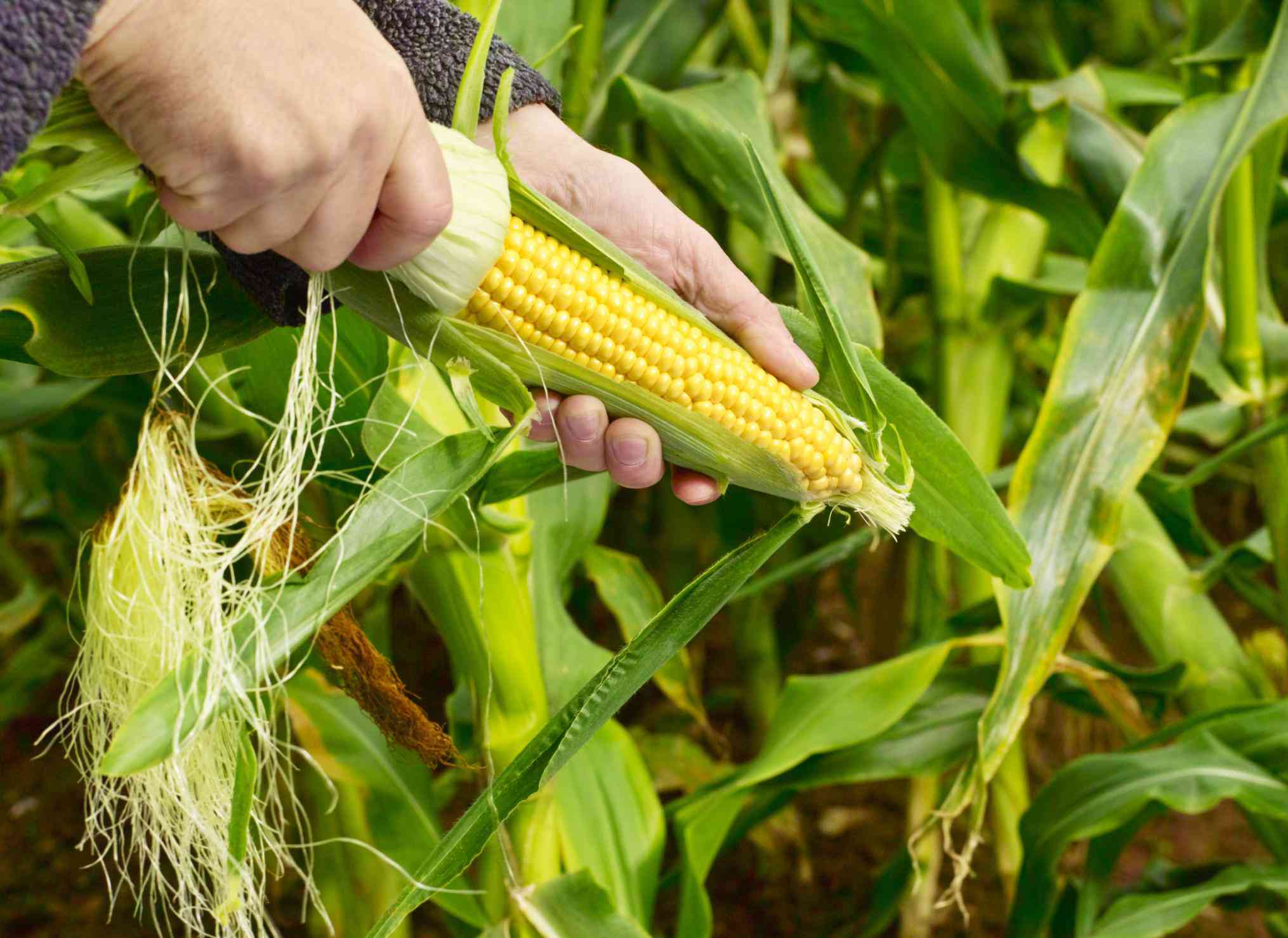Home>Types of Gardening>Edible Gardening>How Deep To Plant Watermelon Seedlings


Edible Gardening
How Deep To Plant Watermelon Seedlings
Published: January 3, 2024
Learn the proper planting depth for watermelon seedlings in your edible garden. Expert tips and advice for successful edible gardening.
(Many of the links in this article redirect to a specific reviewed product. Your purchase of these products through affiliate links helps to generate commission for Chicagolandgardening.com, at no extra cost. Learn more)
Table of Contents
Introduction
Welcome to the world of edible gardening! There’s nothing quite like the satisfaction of growing your own fruits and vegetables, and one popular choice among gardeners is watermelon. Whether you’re a seasoned gardener or just starting out, it’s important to know the proper techniques for planting watermelon seedlings, particularly when it comes to the depth at which they should be planted.
Planting watermelon seedlings at the correct depth is crucial for their successful growth and development. This not only ensures that they receive the necessary nutrients and water, but also allows their roots to establish properly. In this article, we will explore the factors to consider before planting watermelon seedlings, the recommended depth for planting them, the importance of proper planting depth, tips for successful planting, and common mistakes to avoid.
By understanding and implementing the right planting techniques, you’ll be able to cultivate healthy watermelon plants that produce juicy, sweet fruits for you and your family to enjoy all summer long. So let’s dive in and discover the secrets to successful watermelon seedling planting!
Factors to Consider before Planting Watermelon Seedlings
Before you start planting watermelon seedlings, there are several important factors to take into consideration. These factors will contribute to the overall success of your garden and ensure optimal growth for your watermelon plants. Let’s explore them in detail:
- Climate: Watermelon is a warm-season crop that thrives in hot and humid conditions. It requires a frost-free growing season with temperatures consistently above 70°F (21°C). Make sure your local climate is suitable for growing watermelons before you start planting.
- Soil Quality: Watermelons thrive in well-drained soil that is rich in organic matter. Conduct a soil test to determine its pH level and nutrient content. Ideally, the soil should have a pH between 6.0 and 6.8, and it should be fertile and loamy.
- Sunlight: Watermelon plants love sunlight. They require a minimum of 6 to 8 hours of direct sunlight each day. Choose a planting location in your garden that receives ample sunlight throughout the day for optimal growth and fruit production.
- Watering: Watermelons are heavy drinkers, especially during hot and dry periods. Adequate watering is crucial to prevent wilting and ensure healthy growth. Make sure you have a reliable water source and a watering schedule in place before planting.
- Space: Watermelon plants are known for their vigorous growth and sprawling vines. Ensure that you have enough space in your garden to accommodate the plants’ spreading growth habit. Each plant requires at least 4 to 6 feet of space between them.
- Pest and Disease Control: Watermelon plants can be susceptible to various pests and diseases, such as aphids, powdery mildew, and cucumber beetles. Incorporate pest and disease management strategies, such as crop rotation and organic pest control methods, to protect your plants.
By considering these factors before planting your watermelon seedlings, you will be setting a strong foundation for healthy and productive plants. Now that you’re aware of what to keep in mind, let’s move on to the recommended planting depth for watermelon seedlings.
Recommended Depth for Planting Watermelon Seedlings
Planting watermelon seedlings at the correct depth is crucial for their successful establishment and growth. The depth at which you plant your seedlings will depend on various factors, including the climate, soil conditions, and the specific variety of watermelon you are growing. Here are some general guidelines to follow:
- Seedling Size: When transplanting watermelon seedlings, it’s important to consider their size. Seedlings with 2-4 true leaves are typically ready to be planted. If the seedlings are too small or too large, they may struggle to adjust to their new environment.
- Planting Depth: Watermelon seedlings should be planted at a depth of approximately 1 inch (2.5 cm). This is deep enough to ensure stability for the young plants while allowing their roots to access sufficient moisture and nutrients from the soil.
- Hilling: To protect the seedlings and encourage proper drainage, consider creating small hills or mounds of soil around the base of each plant. This helps prevent water from pooling around the stems, reducing the risk of rot and disease.
- Spacing: Place each watermelon seedling at least 2-3 feet apart to allow for ample growth and spread. This spacing ensures that the plants have enough room to develop their vines and produce large, healthy fruits.
It’s important to note that these guidelines may vary depending on the specific variety of watermelon you are planting. Some varieties may have different recommendations for planting depth, spacing, and other factors. Always refer to the seed packet or consult with a reputable nursery or gardening expert for specific instructions for the variety you are growing.
By planting your watermelon seedlings at the recommended depth and providing adequate spacing, you are giving them the best chance for successful growth and bountiful harvest. In the next section, we will discuss the importance of proper planting depth in more detail.
Importance of Proper Planting Depth
The proper planting depth for watermelon seedlings plays a crucial role in their overall health and development. Here are some reasons why it is important to pay attention to the depth at which you plant your watermelon seedlings:
- Root Development: Planting watermelon seedlings at the right depth ensures that their roots are properly established in the soil. A proper root system allows the plants to absorb water and nutrients effectively, promoting healthy growth and development.
- Stability: Planting seedlings at the correct depth provides stability to the young plants. With their roots properly anchored, the watermelon seedlings are less likely to be uprooted by wind or other disturbances, reducing the risk of damage.
- Moisture and Nutrient Absorption: Placing the seedlings at the recommended depth allows their roots to access moisture and nutrients from the soil more efficiently. This is especially important for watermelon plants, as they require ample water and nutrients to produce juicy, flavorful fruits.
- Disease Prevention: Planting watermelon seedlings at the proper depth helps prevent certain diseases. If the stem is buried too deeply, it can lead to stem rot or fungal diseases. By following the recommended planting depth, you can minimize the risk of such issues.
- Optimal Growth: Planting watermelon seedlings at the right depth provides the ideal conditions for their growth and development. Proper depth ensures that the plants receive the right amount of sunlight, air circulation, and water, all of which are essential for healthy growth and fruit production.
By understanding the importance of proper planting depth and taking the necessary steps to ensure it, you are setting your watermelon seedlings up for success. Now that you know why it’s important, let’s move on to some tips on how to plant watermelon seedlings at the correct depth.
Tips for Planting Watermelon Seedlings at the Correct Depth
Properly planting watermelon seedlings at the correct depth is essential for their successful growth and development. Here are some tips to help you ensure that your seedlings are planted at the optimal depth:
- Prepare the Soil: Before planting, prepare the soil by removing any weeds or debris. Loosen the soil to a depth of at least 12 inches (30 cm) to allow for proper root development.
- Dig the Planting Hole: Dig a hole that is wide and deep enough to accommodate the seedling”s root system. Make the hole slightly larger than the root ball to allow room for spreading roots.
- Amend the Soil: If your soil lacks organic matter or is of poor quality, consider amending it with compost or well-rotted manure. This will improve soil fertility and provide additional nutrients for the seedlings.
- Place the Seedling: Carefully remove the watermelon seedling from its container, being mindful not to damage the roots. Place the seedling in the center of the planting hole, ensuring that the top of the root ball is level with the soil surface.
- Backfill the Hole: Gently backfill the hole with soil, firming it down around the seedling”s stem. Avoid compacting the soil too much, as it can inhibit root growth and water drainage.
- Water Thoroughly: After planting, water the seedling thoroughly to help settle the soil and ensure good root-to-soil contact. Provide enough water to moisten the root zone, but avoid over-watering, as it can lead to root rot.
- Mulch and Support: Apply a layer of organic mulch around the base of the plant, such as straw or wood chips. This helps conserve moisture, suppresses weeds, and regulates soil temperature. Additionally, consider providing support for the growing vines, such as trellises or stakes.
- Monitor and Maintain: Regularly monitor the watermelon plants for any signs of stress, pests, or diseases. Provide adequate care, including watering, fertilizing, and providing necessary support, to ensure healthy growth and abundant fruit production.
By following these tips, you can ensure that your watermelon seedlings are planted at the correct depth, setting them up for a successful growing season. Remember to adjust these tips based on the specific recommendations for the variety of watermelon you are growing. Now that you’re equipped with planting knowledge, let’s move on to some common mistakes to avoid.
Common Mistakes to Avoid when Planting Watermelon Seedlings
Planting watermelon seedlings may seem straightforward, but there are several common mistakes that can hinder their growth and overall success. By being aware of these mistakes, you can avoid them and ensure that your watermelon plants thrive. Let’s take a look at some of the most common mistakes to avoid:
- Planting Too Deep: One of the biggest mistakes is planting the seedlings too deep. This can lead to poor root development and hinder the plant’s ability to absorb nutrients and water. Always follow the recommended planting depth.
- Planting Too Close: Watermelon plants require adequate space to grow and spread. Planting them too close together can result in overcrowding and competition for resources. Be sure to give each plant enough room to thrive.
- Overwatering: While watermelons need regular watering, overwatering can lead to root rot and other fungal diseases. Ensure that the soil is moist but not waterlogged. Use a moisture meter or check the soil with your finger to determine if watering is necessary.
- Underwatering: On the other hand, underwatering can cause stress and stunted growth in watermelon plants. It’s important to provide sufficient water, especially during hot and dry periods. Monitor soil moisture levels and adjust your watering schedule accordingly.
- Neglecting Soil Preparation: Failing to properly prepare the soil before planting can hinder nutrient absorption and overall plant health. Take the time to amend the soil with organic matter and ensure it is well-drained and fertile.
- Skipping Mulching: Mulching plays a crucial role in conserving moisture, suppressing weeds, and regulating soil temperature. Skipping this step can lead to unnecessary water loss and weed competition, which can hinder the growth of your watermelon plants.
- Failing to Support Vines: Watermelon vines can grow quite large and heavy, requiring support to prevent them from sprawling on the ground. Neglecting to provide trellises or stakes can lead to vine damage and reduce air circulation, increasing the risk of disease.
- Ignoring Pest and Disease Management: Watermelon plants are susceptible to pests and diseases, such as aphids, powdery mildew, and cucumber beetles. Ignoring pest and disease management can result in decreased yield and plant health. Regularly inspect your plants and take appropriate measures to address any issues.
By avoiding these common mistakes and taking proactive measures, you can give your watermelon seedlings the best chance for success. Remember to monitor your plants closely and provide the care they need throughout the growing season. In the next section, we’ll wrap up our discussion on planting watermelon seedlings.
Conclusion
Planting watermelon seedlings at the correct depth is essential for their successful growth and productivity. By considering factors such as climate, soil quality, sunlight, watering, spacing, and pest control, you can create an optimal environment for your watermelon plants to thrive.
Remember to follow the recommended planting depth, typically around 1 inch (2.5 cm), and provide adequate spacing to allow for proper root development and vine growth. Take the time to prepare the soil, amend it if necessary, and provide support for the sprawling vines.
Avoid common mistakes, including planting too deep, too close together, overwatering or underwatering, neglecting soil preparation and mulching, failing to support the vines, and ignoring pest and disease management. By doing so, you can prevent potential setbacks and ensure the health and success of your watermelon plants.
Whether you’re a novice or experienced gardener, growing watermelon seedlings can be a rewarding experience. With the right techniques and attention to detail, you can enjoy juicy and flavorful homegrown watermelons all summer long.
So, roll up your sleeves, grab your gardening tools, and get ready to plant your watermelon seedlings with confidence. With proper planting depth, care, and a little bit of patience, you’ll soon be indulging in the sweet rewards of your edible gardening efforts.
